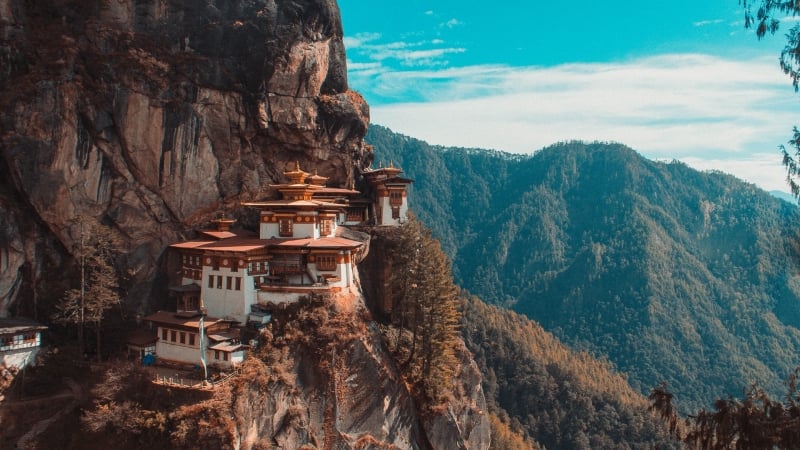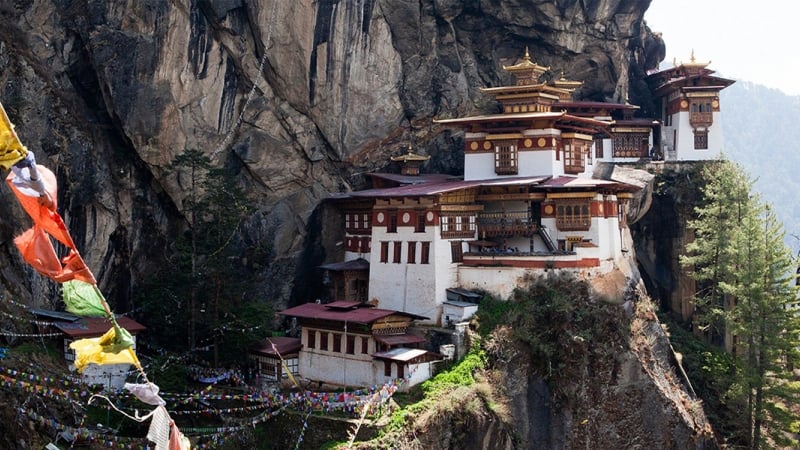Geographically isolated
The Kingdom of Bhutan is located in South Asia, in the eastern part of the Himalayas, between India and China. The northern part of the country is the high peaks of the Himalayas, of which the highest is Gangkhar Puensum - over 7,570 m. The south consists of many hills, plateaus, valleys and is home to the majority of the Bhutanese population (also the main area that attracts international tourists to Bhutan to explore and experience). It is this isolated and closed location that makes Bhutan a mysterious land to the rest of the world.
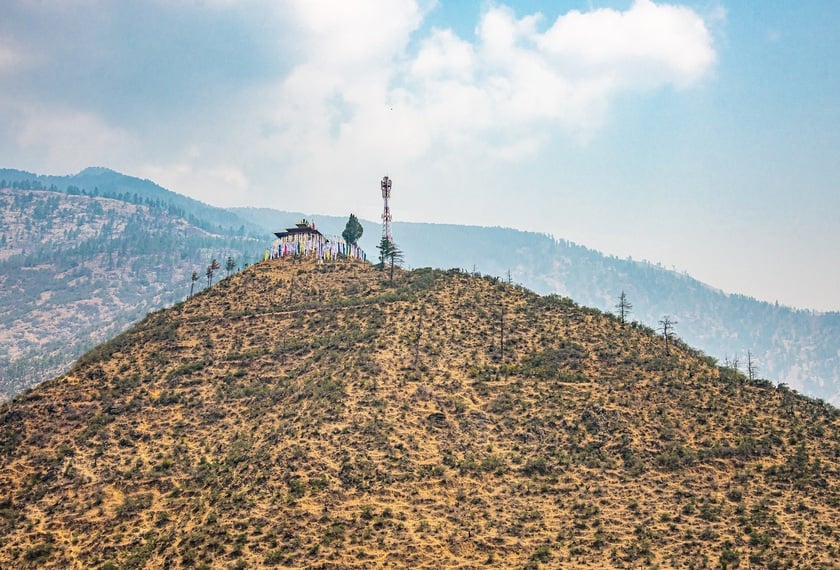
It is this isolated and closed location that makes Bhutan a mysterious land to the rest of the world.
Tourist visa
Although it is a destination on the “wishlist” of many adventurous tourists, the situation of tourists flocking to Bhutan has never happened. The reason is that the Bhutanese Government always tries to achieve a balance between supporting the economy and employment as well as protecting nature and the environment from the increasingly serious impacts of climate change.
A cautious tourism policy has allowed the country to slowly open up to the outside world without affecting its culture and traditions or degrading its pristine natural environment. As a result, visa exemptions are extremely limited. Apart from the visa exemptions for citizens of Bangladesh, Maldives, India, and citizens of Thailand and Switzerland holding official passports, citizens of all other countries are required to apply for a visa to enter Bhutan.
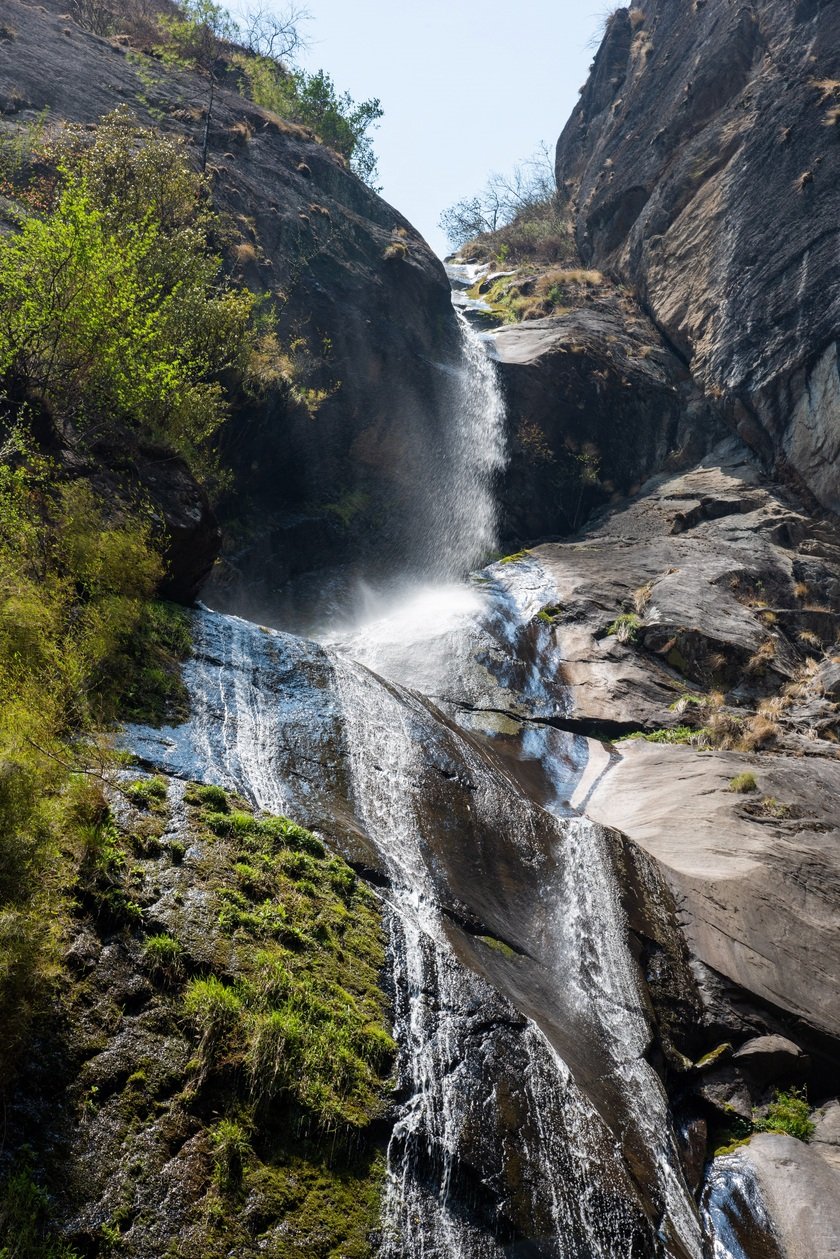
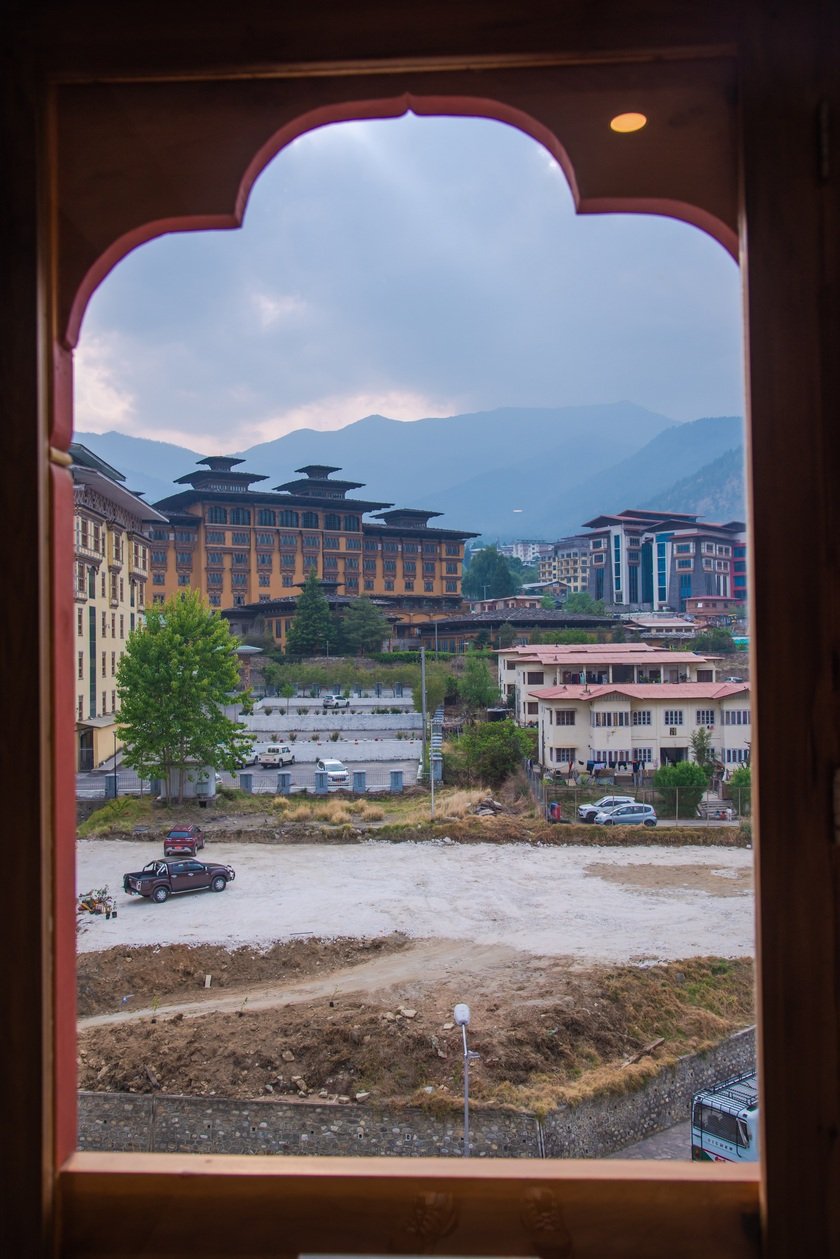
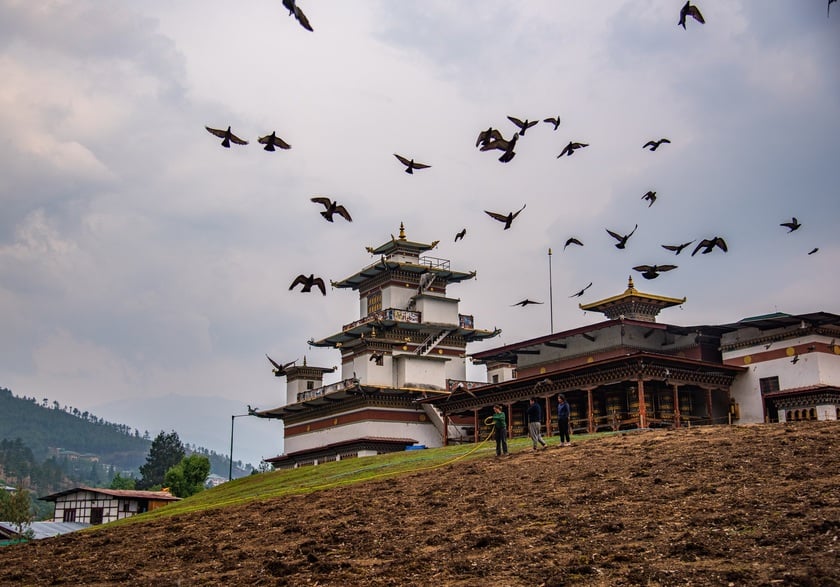
A cautious tourism policy has allowed the country to slowly open up to the outside world without affecting its culture and traditions or degrading its pristine natural environment.
Sustainable Development Fee (SDF)
The Government of Bhutan has always maintained the Sustainable Development Fee (SDF) for foreign visitors to fund projects that support the economic, social, environmental and cultural development of Bhutan. The good news is that the SDF fee is currently set at USD 100/person/night, which is a 50% reduction from the SDF fee applied when the country reopens to tourists after COVID-19. Children aged 6-11 years old receive a 50% reduction in the SDF fee and children under 6 years old are exempt.
There are no direct flights from Vietnam to Bhutan.
Bhutan is served by two national airlines: Drukair and Bhutan Airlines. Due to the challenging landing conditions at Paro International Airport, which is surrounded by peaks as high as 5,500m, only a handful of pilots are licensed to land at the airport.
From Vietnam to Bhutan, visitors can only take connecting flights in Bangkok (Thailand) or Kolkata (India) with a rather long transit time. However, if transiting in Kolkata, visitors have enough time to experience a half-day City tour in the hometown of the Great Poet Tagor.
Alternatively, you can reach Bhutan by road, via the border with India.
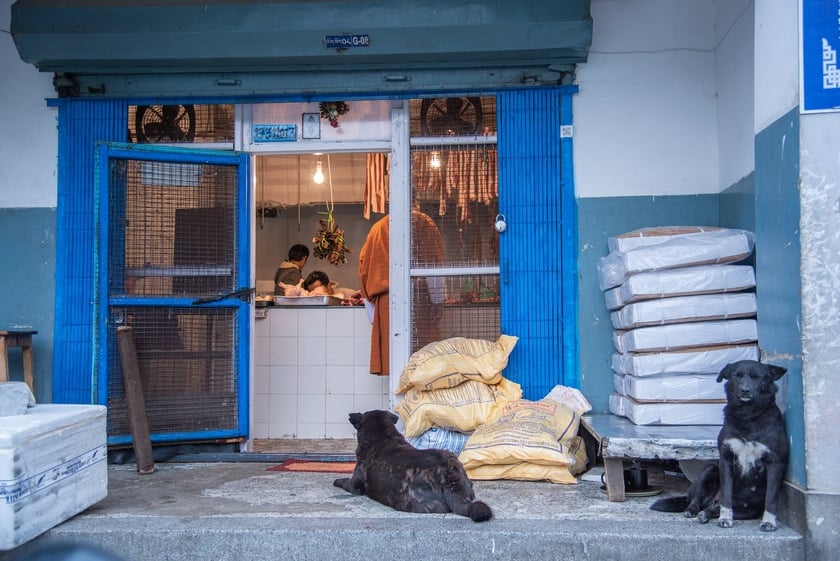
Peaceful life in Bhutan.
Travel insurance is mandatory
According to the Bhutan Travel Rules and Regulations 2022, you must have travel insurance that covers accidental death, accidental permanent disability, emergency medical evacuation and hospitalisation in case of illness. You will need the insurance policy – in English – to apply for your visa.
Cannot travel independently
Unlike all other countries in the world, the Bhutanese government does not allow tourists to organize their own backpacking or independent travel. The travel experience in Bhutan must be done through travel agents. In many tourist attractions, you cannot pass through the ticket gate without a local guide. This approach has the advantage of improving the quality of your experience.
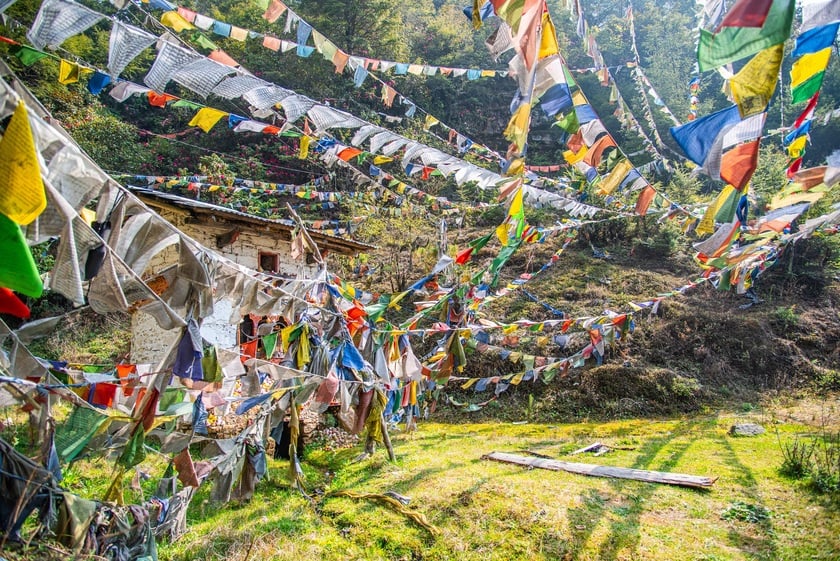
Tourists easily come across and are attracted by the image of lungta flags when traveling to Bhutan.
Bhutan is exceptionally safe
Bhutan, a Buddhist country with people who are devout and kind-hearted Buddhists. The kingdom has a low crime rate and violent crimes are rare, and is considered one of the safest countries for tourists. Although not rich in material things, the Bhutanese are always rich in faith, self-reliance and mutual understanding, shaping a harmonious and developed society.
The world's first carbon-negative country
Bhutan has attracted global attention for being the world’s first carbon-negative country. Aside from its relatively small population and lack of development (it’s roughly the size of Switzerland with a population of around 800,000), a key factor in maintaining this record is that it is a national duty to maintain at least 60% forest cover. Plastics have been banned since 1999, although this is not always enforced. People are strongly committed to keeping the environment clean. You can see many signs along the way that say: “A clean and beautiful environment is a feast for the soul.”

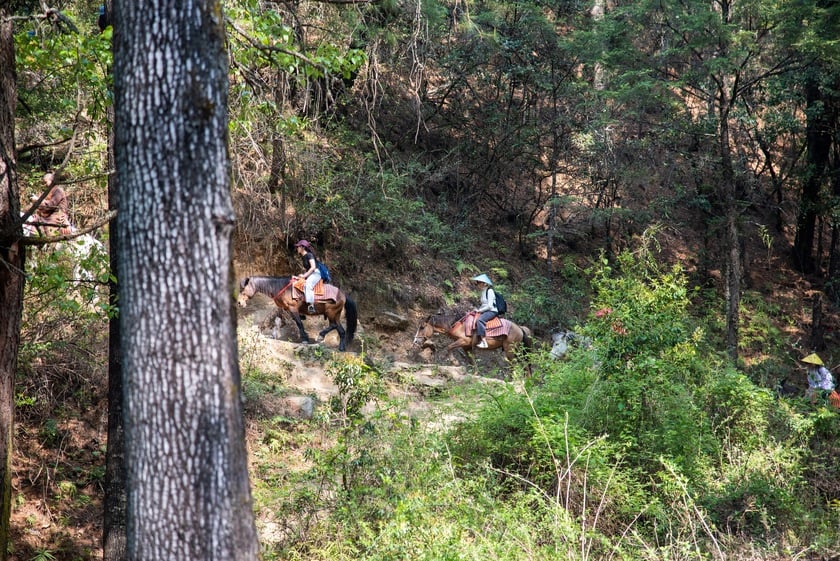
Bhutan has attracted global attention for being the world's first carbon-negative country.
Carry cash and small denominations
Very few shops and stores in Bhutan accept credit cards. However, card transactions are time-consuming and have high fees, and payment confirmation only takes place from 9am to 5pm. Therefore, visitors need to prepare cash for spending. You can bring US dollars and exchange them for Ngultrum (Bhutanese currency) at the airport or pay directly in US dollars when shopping. Visitors can also bring Indian rupees because this currency is widely circulated in Bhutan, with an equivalent exchange rate to Ngultrum.
Small denominations of cash are also necessary for you to conveniently buy small souvenirs, or donate at monasteries, temples and tips for tour guides and drivers.
Language
Dzongkha is the national language of Bhutan and is most commonly spoken in the western part of the country. In some other regions, people speak local dialects. However, English is widely spoken as it is the language of instruction in schools, making it easy for visitors to communicate with the locals.
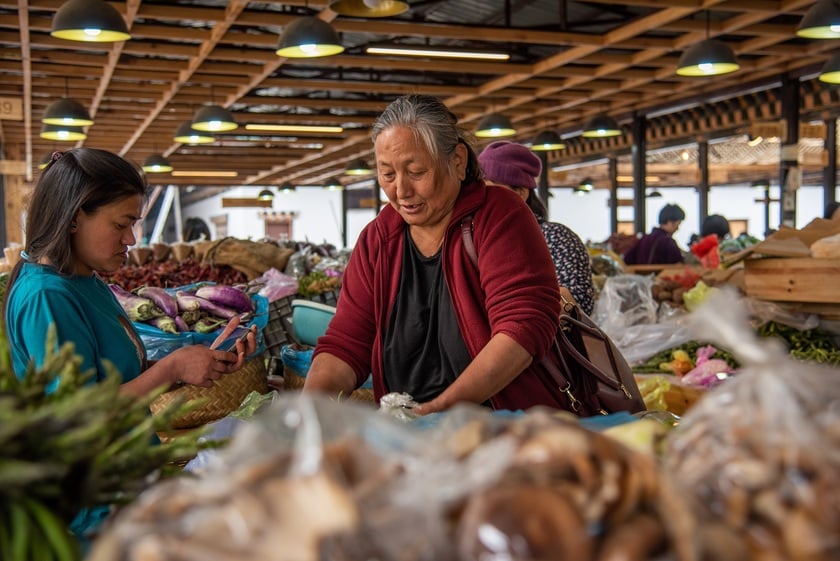
Dzongkha is the national language of Bhutan, most commonly spoken in the western part of the country.
Best time to travel to Bhutan
Locals say Bhutan has five seasons: spring, summer, monsoon, autumn and winter. Each season has its own characteristics, but any season is a great time to visit Bhutan. Spring is bright with blooming flowers; summer is warm, green and full of festivals; monsoon season is heavy rains covering the mountains; autumn is when the leaves change color; winter has clear blue skies and perfect light for photography.
But for ordinary tourists without special interests, spring and autumn are the most beautiful times to visit Bhutan, with favorable weather for every smooth experience.

Each season has its own unique characteristics but any season is a great time to visit Bhutan.
Protect your skin and eyes
Bhutan’s average elevation is 3,280 m, making it one of the highest countries in the world. It’s also at the same latitude as Texas, Egypt, and the Bahamas, so the sun is strong and humidity is low. You’ll need sunscreen, moisturizer, and sunglasses to protect your skin and eyes.
Prepare your clothes
Temperatures in Bhutan vary widely throughout the day and different terrains have different temperatures. Therefore, visitors should prepare clothing that can be layered so that they can be easily removed or added as the temperature changes. In addition to a good pair of hiking shoes, bring a nicer pair of shoes to wear with the traditional Bhutanese dress.
Holy land for pilgrims
Small Bhutan, with its cliff-hanging monasteries, golden-roofed pagodas and colorful prayer flags strung along its trails and mountaintops, is also known as the last Buddhist kingdom on earth. Vajrayana Buddhism is the state religion, most people are Buddhist, with only a very small percentage practicing Hinduism. Bhutanese live in accordance with the commandments of Buddhist teachings.
Anywhere in Bhutan and at any time, you can see prayer wheels (of all sizes, big and small, erected in public places) and people slowly spinning the prayer wheels while chanting “Om mani Padme hum”. It seems that the entire flow of space and time in this kingdom carries positive energy and is imbued with miracles that purify and eliminate all evil forces.
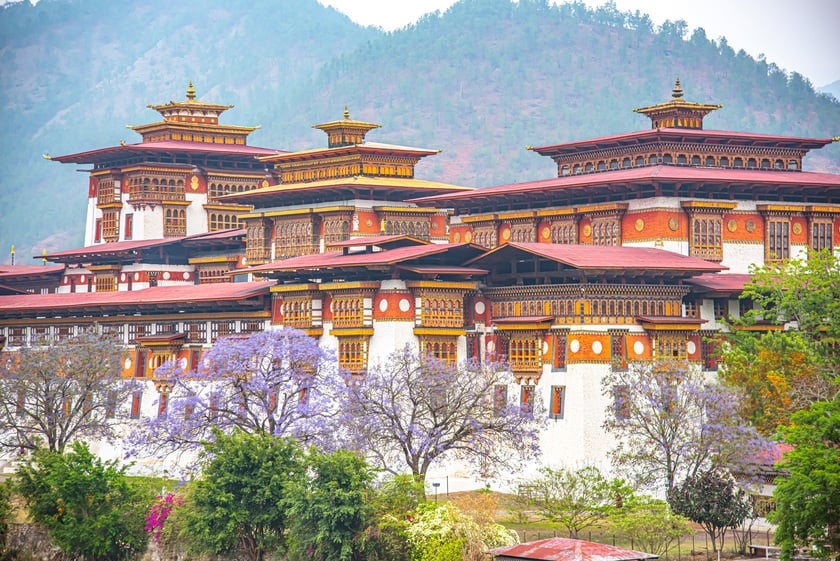
Punakha Dzong fortress/monastery is one of the most important cultural, historical and religious symbols in the kingdom of happiness.
When visiting Buddhist monasteries, nunneries and temples, observe proper etiquette: remove shoes and hats, wear clothing that covers shoulders and knees, do not take photographs in the shrine room, avoid pointing, and never lean on a stupa. Circumnavigating a temple, stupa or stupa or spinning a prayer wheel should always be done in a clockwise direction.
Among the thousands of monasteries across Bhutan, Tiger's Nest, Punakha Dzong, Kyichu Lhakhang, Buddha Point, Tashichho Dzong, Chimmi Lhakhang... are sacred places that tourists cannot miss when traveling to this kingdom.
Spicy food
Local cuisine, emphasizing fresh seasonal ingredients with a distinctive spicy taste. Chili is an indispensable spice in dishes, even the main ingredient of the dish. The most famous and popular dish in Bhutan is Ema Datshi, which consists of only chilies (fresh green chilies or dried red chilies) and cheese. Locals eat Ema Datshi every day, even as an indispensable dish in every meal.
The daily diet of the people consists of rice, vegetables and meat, but the kingdom prohibits killing animals, so meat is imported entirely from India. Like other regions in the Himalayas, Bhutanese people enjoy drinking butter tea and milk tea. Visitors can also taste beer and some traditional liquors brewed by locals from corn or rice.
Not just Paro, Thimphu and Punakha
Those are three places that tourists who have been to Bhutan often mention. But those are just the most famous cities, Bhutan has many other very interesting places but tourism has not been exploited strongly so only tourists who have been to Bhutan many times have the opportunity to experience them. For example, in the east of the kingdom there is Bumthang which is considered the Switzerland of the East; Gangtey valley is home to some of the most exotic and rare wildlife species or Trongsa town is often considered a beautiful stopover for tourists on the way to central and eastern Bhutan...
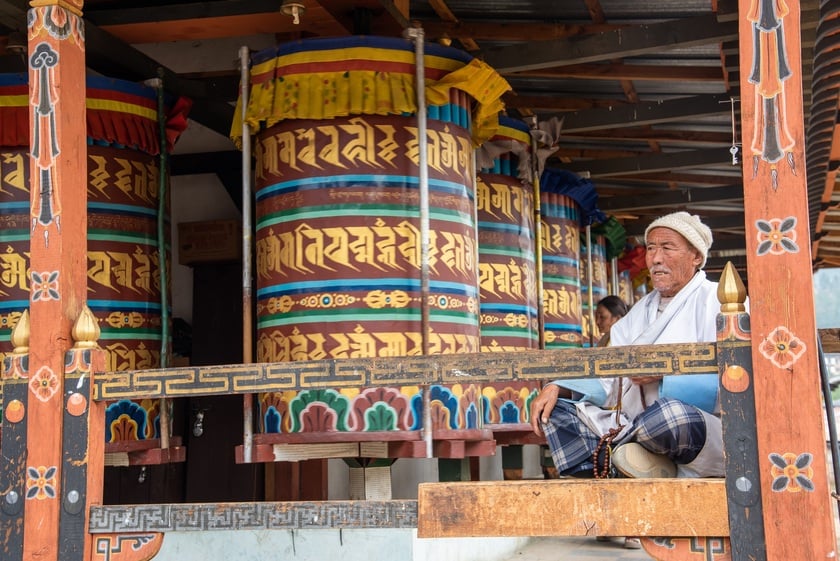
Prayer wheels are found everywhere in Bhutan and Bhutanese people spend their lives slowly spinning these prayer wheels.
Diverse experiences
Most of the Bhutan tours being introduced in Vietnam have a pilgrimage and spiritual feel, but the travel experience in the kingdom of the thunder dragon is truly diverse.
You can take part in activities such as mountain climbing, trekking on ancient Bhutanese trails, experiencing life in an ancient village, immersing yourself in colorful traditional festivals or taking part in more specialized hobbies such as rafting on the Po Chu or Mo Chu rivers, bird watching in national parks, horse riding in Bumthang or motor riding through valleys, mountain biking, hot spring therapy…
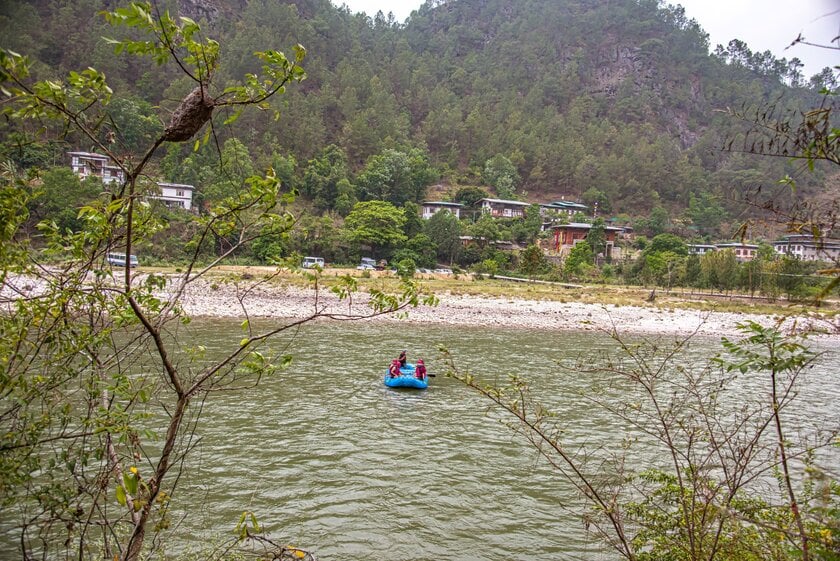
Rafting on the Mochu/Pochu River is one of the most popular adventure experiences among tourists in Bhutan.
If you want a trip with a different experience, you can directly book a tour or a tailor-made tour with The Traveller Destination Management Company in Bhutan.
Website: https://thetraveller.vn/
Fanpage: https://www.facebook.com/vnthetraveller/
Email: booking@thetraveller.vn
Hotline: 0819 44 55 99






